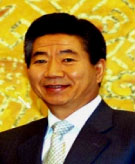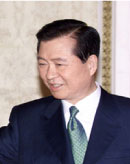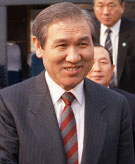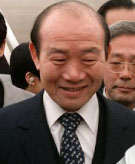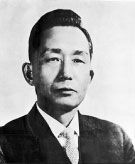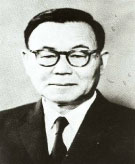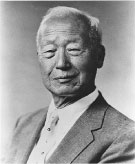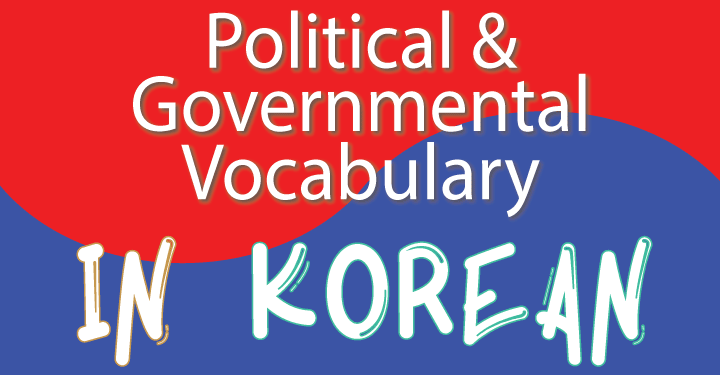
This post gives an overview of South Korea’s government along with teaching political and governmental vocabulary in Korean.
Click here to jump to the list of political and governmental vocabulary at the bottom of the post.
The Government of the Republic of Korea
대한민국정부
The Republic of Korea, also known as the ROK and South Korea, is a democratic republic. The government has three branches: the executive branch, the legislative branch, and the judicial branch. The ROK’s constitution was adopted on July 17th, 1948 and has been amended nine times.
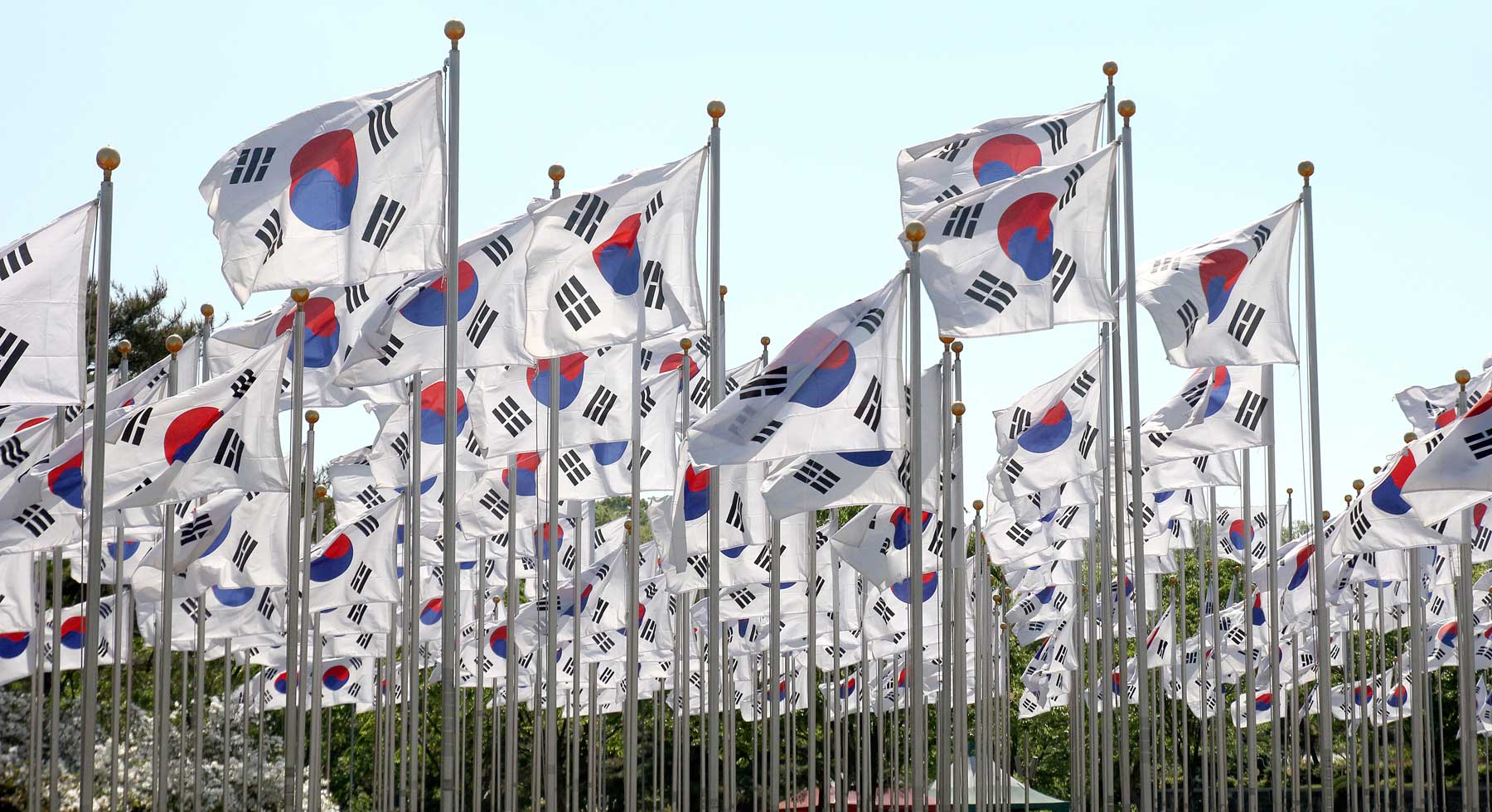
The Executive Branch 행정부
The executive branch is led by the president, 대통령, who is the only member of the executive branch that is elected. The president is elected by popular vote, serves one five-year term, and may not serve a second term. The president serves as head of government, head of state, and commander in chief.
 |
| 박근혜 Park Geun-hye The 11th President 2013-present |
Presidential Powers & Duties
According to Chapter 3 of the constitution of the Republic of Korea
Uphold the constitution
Protect and secure the Republic of Korea’s homeland
Work to peacefully reunify the Korean peninsula
Additional Powers and Duties
Control the military
Declare war
Declare a state of emergency
Lead the government
Issue executive orders
Veto bills
Introduce bills
South Korea Executive Branch Organizational Figure
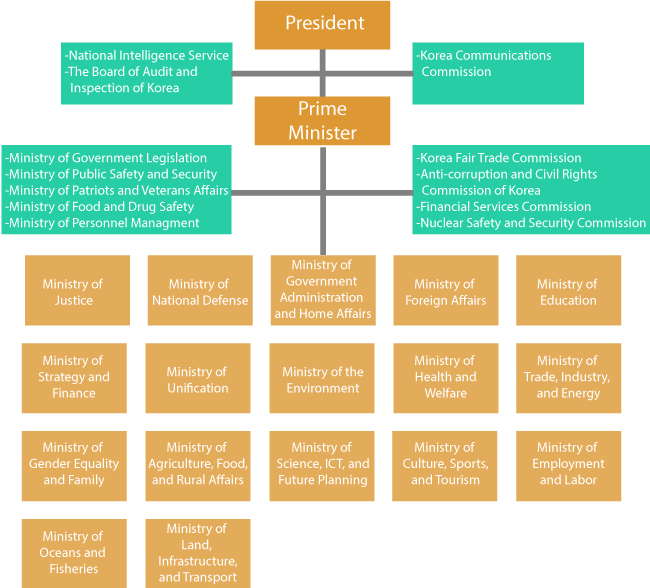
The Blue House 청와대
The Blue House is where the President of South Korea lives. The Blue House is located in Seoul, 서울, the capital of South Korea. The Blue House was built at the site of a royal garden from the Joseon Dynasty, 조선 왕조. The Blue House actually refers to a number of buildings. The name “The Blue House” comes from the fact that about 150 thousand blue tiles cover the roofs of the buildings resembling traditional Korean architecture.
President Obama and 박근혜, Park Geun-hye, exiting the Blue House.
Address:
1, Cheongwadae-ro, Jongno-gu, Seoul
서울특별시 종로구 청와대로 1 (세종로)
The Legislative Branch 입법부
The South Korean legislative branch has only one chamber called the National Assembly of South Korea. The National Assembly has 300 members who serve four year terms. A person must be at least 30 years old to serve in the National Assembly. The National Assembly has built a reputation for legislative violence especially during the years 2004 to 2009. People used sledgehammers, fire extinguishers, fire hoses, and anything in arms reach at times during melees.
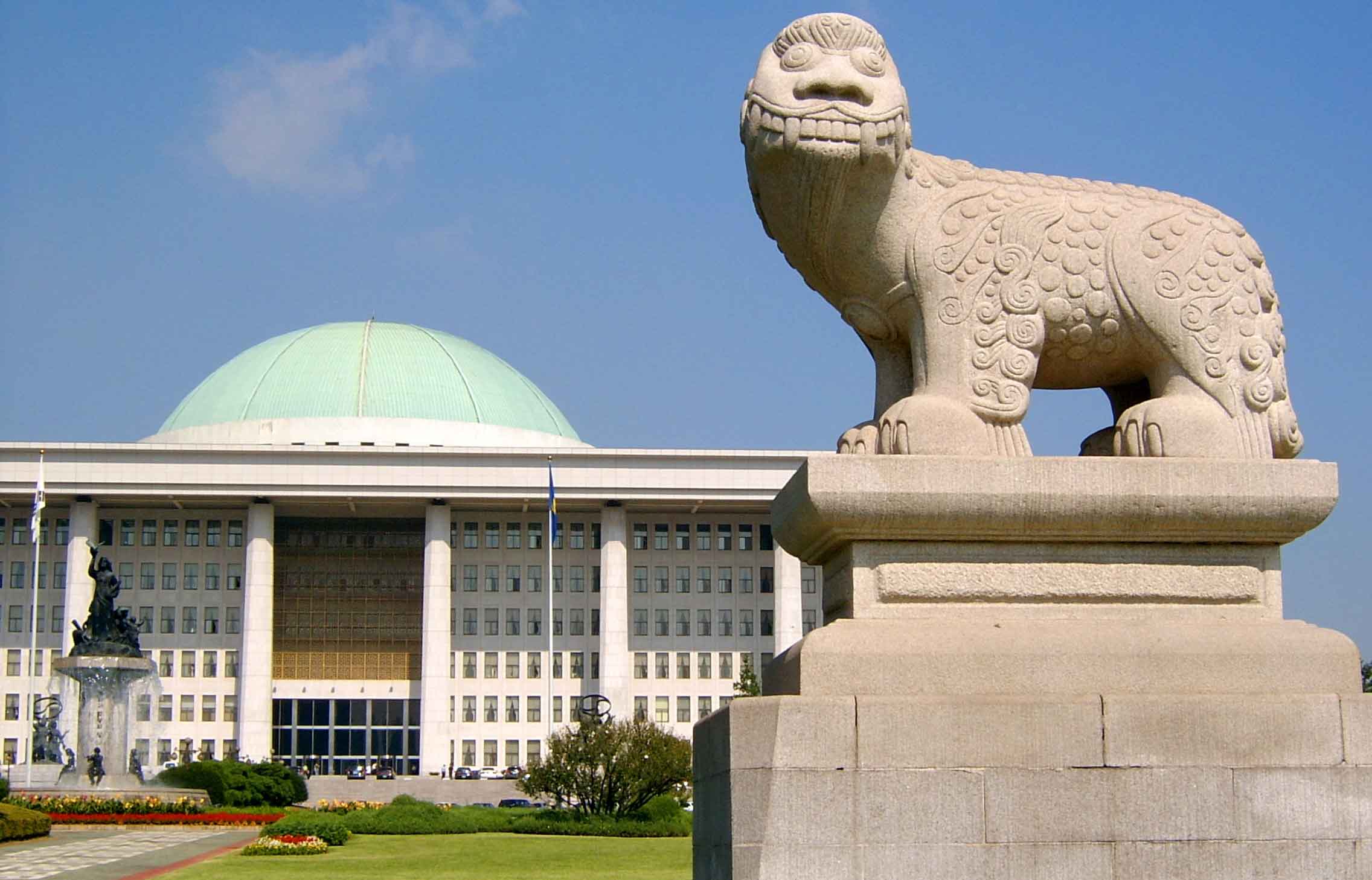
The National Assembly of South Korea’s duties:
1. Confirm the Government Budget, 정부 예산을 확인한다
The session to confirm the government budget begins on September 1st of each year and may last no longer than 100 days.
2. Amend the Constitution, 헌법을 개정하다

3. Pass and Amend Law, 법을 가결하고 개정하다
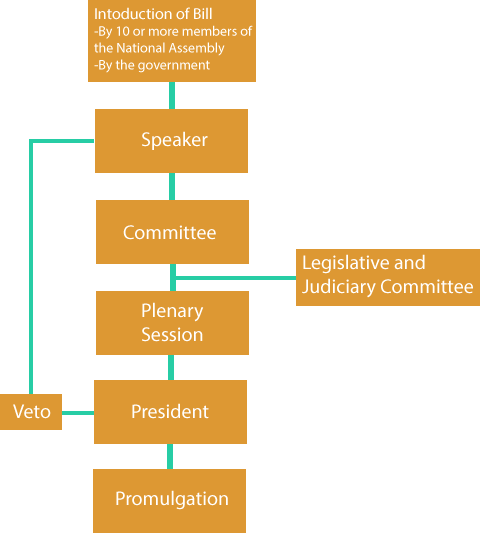
4. Ratify Treaties, 조약을 비준하다
The National Assembly has the power to ratify treaties with other countries.
Politics and Government Korean Vocabulary
| Korean | English |
| 입법부 | legislative branch |
| 대한민국 | The Republic of Korea |
| 국회 | national assembly |
| 정부 | government |
| 예산 | budget |
| 확인하다 | check, confirm |
| 헌법 | constitution |
| 개정하다 | amend |
| 법 | law |
| 가결하다 | pass, approve |
| 조약 | treaty |
| 비준하다 | ratify |
The Judicial Branch 사법부
The supreme court is the highest and consists of the cheif justice and 13 associate justices. The 13 associate justices are appointed by the president while the chief justice may not be reappointed.
The judicial branch consist of:
The Supreme Court, 최고 법원
High Courts, 고등 법원
District Courts, 지방 법원
Family Courts, 가정 법원
Patent Courts, 특허법원
Administrative Courts, 행정 법원
Political and Governmental Vocabulary in Korean
| Korean | English | Korean | English |
| 정치 | politics | 입법부 | legislative branch |
| 정치인 | politician | 대한민국 | The Republic of Korea |
| 정부 | government | 국회 | national assembly |
| 투표하다 | vote | 정부의 | governmental |
| 투표 | voter’s ballot | 예산 | budget |
| 선거 | election | 헌법 | constitution |
| 정당 | political party | 확인하다 | check, confirm |
| 정치 시위 | political protest | 개정하다 | amend |
| 자본주의 | capitalism | 법 | law |
| 사회주의 | socialism | 합법적인 | legal |
| 공산주의 | communism | 불법적인 | illegal |
| 독재 | dictatorship | 가결하다 | pass, approve |
| 대통령 | president of a country | 조약 | treaty |
| 시장 | mayor | 비준하다 | ratify |
| 시청 | city hall | 시위 | demonstration, protest |
| 총선 | general election | 헌법 | constitution |
| 캠페인 | campaign | 자유 | freedom |
| 공화주의자 | republican | 민주주의 | democracy |
| 민주주의자 | democrat | 민주적 | democratic |
| 정치학 | political science | 시민 | citizen |
[mailmunch-form id=”290776″]


